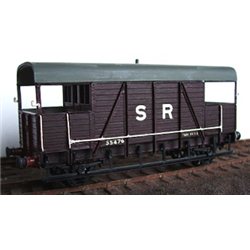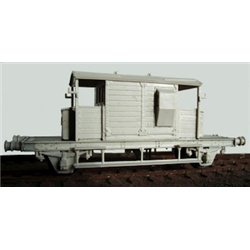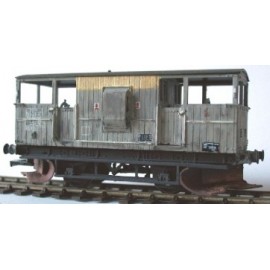There are a number of different options for attaching figures such as a horse and rider to a layout. Perhaps the...
No products
Product successfully added to your shopping cart
There are 0 items in your cart. There is 1 item in your cart.
Search Tips
Should I include a brake van on every train hauling goods wagons on my layout?
Including a brake van on every train hauling goods wagons on a layout is not necessary, but it can add a realistic touch to a layout. A brake van, also known as a guard's van or caboose was traditionally used in real-life railways to provide a safe space for the guard or conductor to observe the train and apply the brakes if needed.
Adding a brake van can enhance the authenticity of a layout, especially if the modeller is recreating a specific time period or region where brake vans were commonly used. It can also be a great way to showcase the details and weathering techniques on the brake van itself.
However, it is important to consider the purpose and operation of the layout. If the modeller is running a modern-era layout or a layout that focuses more on the operations of goods trains, it may not be necessary to include a brake van on every train. In these cases, brake vans are often used on specific trains or in specific situations, such as when shunting or during certain types of operations.
Ultimately, the decision to include a brake van on every train hauling goods wagons is a decision for the individual modeller and the specific goals and theme of the layout in question. It can add an extra layer of realism and interest, but it is not a mandatory requirement.
Click here to receive the tips weekly in your mailbox. You can unsubscribe at any time.










